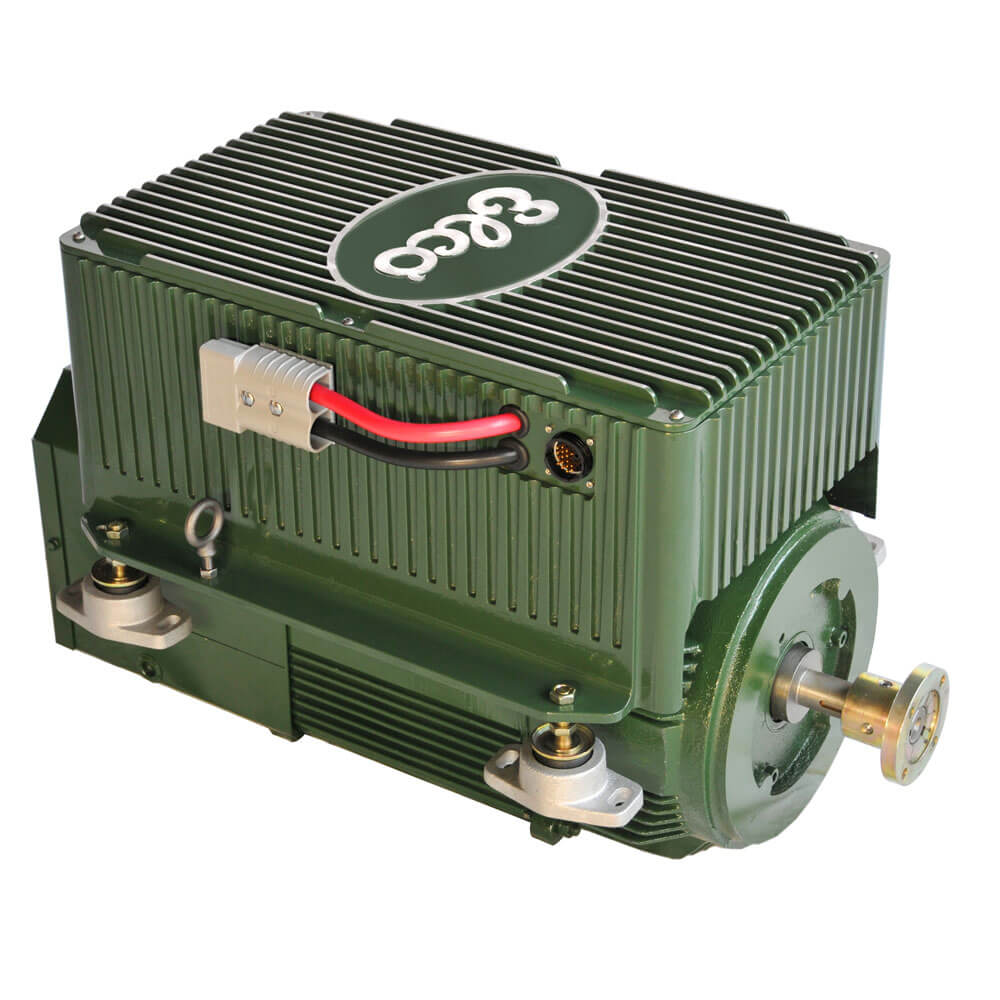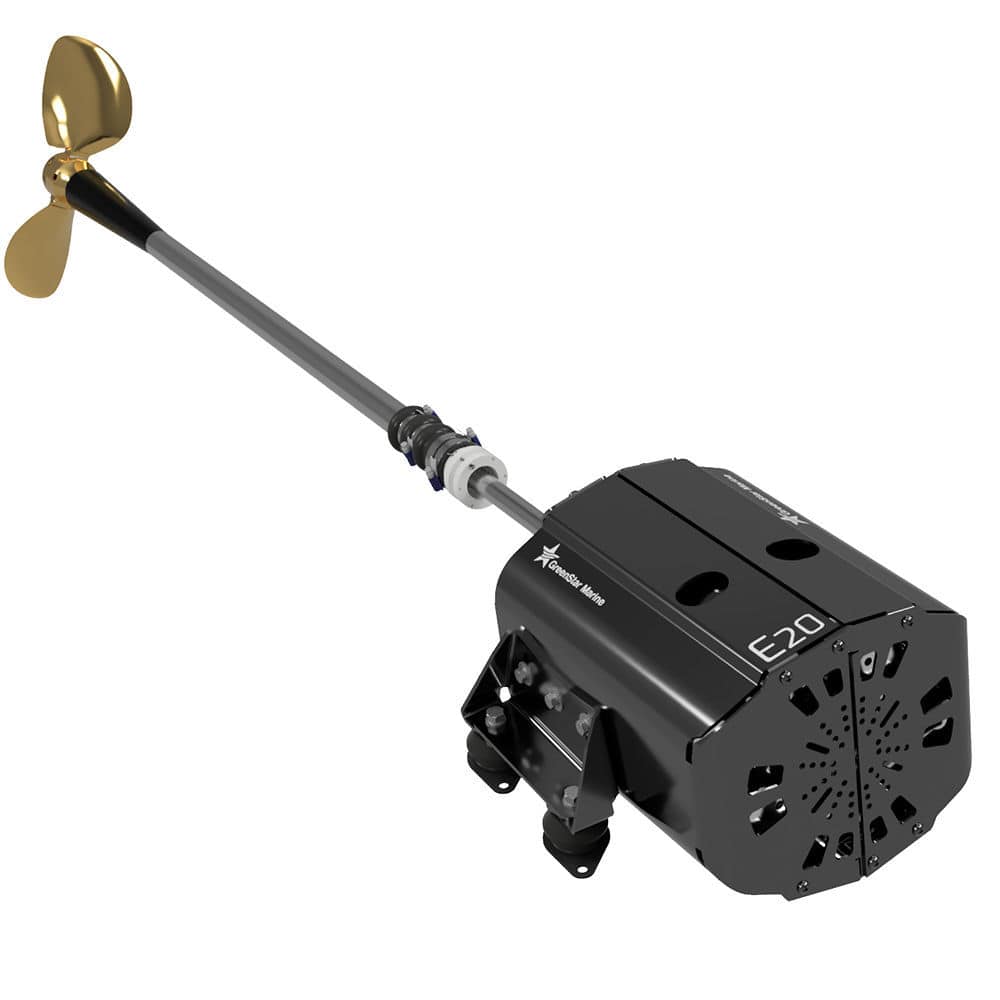


Solar panels are sensitive to saltwater and the weather, for starters, making them ill-suited to use on boats.Īnother potential problem with solar panels is that you can’t walk on them, they can be heavy, and they take up space. Without batteries, solar panels would be too variable in output to serve as a viable energy source.Įngineers use hardier materials to produce lightweight, flexible, and durable solar panels, but the current technology has several problems. The batteries are the energy storage medium for electricity and allow for a steady energy output to the engines. This energy fluctuation is one reason why solar panels should only be used to charge batteries. This is especially true when cloud or shade cover reduces the output. There is an inability to regulate the electricity that flows from solar panels. However, with proper prior planning and the right equipment, such as backup batteries, you can have a successful trip on a cloudy day or night.Įnergy storage on electric boats with solar panels is a big concern. Using solar panels to recharge your boat is a great idea, as long as the sun is out! Like automobiles, electric hybrid boats have a much longer range making them an important part of the transition to electric power. If you’re not able to recharge your batteries, or if you don’t have large backup batteries onboard, you might not be able to get very far from the dock. Range IssuesĮlectric boats can only go only as long as their charge will allow and, therefore, have a limited range. Many electric boats are released in small batches or are prototypes and have yet to have major releases. With many new technologies, it takes up to three major versions for it to have mass-market appeal. It could take from 10 to 15 years for even a small amount of the market to be developed enough to make electric boats viable. Innovations such as these are typically slow. Once a larger proportion of boat owners are using electric boats, then the technology will take off. This ties into the initial investment versus the long term benefits. Without charging stations, some potential buyers could view electric boats as a potentially risky purchase. This includes dealers, charging stations, repair facilities, emergency services, and battery recycling options.

There needs to be adequate downstream infrastructure to support electric boats. Compared to similar sizes, gas-powered boats, electric boats go slower to preserve battery life. Going faster speeds takes more energy from the battery reserve. The fastest electric boat clocked in at around 80 mph, which is fast by any measurement, but production models are considered slow in general. Most electric boats do not go extremely fast.Įngineers are designing electric boats with greater speed capabilities however, many who use current models point out their lack of speed. Since there are so few models out there, potential buyers might not see electric boats in use, reducing the possibility of buying them.īuyers looking for reliability, durability, quality of workmanship, and the manufacturer’s reputation will find it difficult in today’s austere marketplace. With such a small market share, it could be difficult for some potential customers to take an electric boat for a test drive. Many potential buyers will wait to see how the electric boat market plays out before taking a chance on unproven technology. Potential buyers need to be able to see the boat as compatible with their current lifestyle. The challenge is to make production profitable and convince major boat companies to offer electric-powered options. Other Things To Know About Electric Boats:Įlectric boats are seen as recreational boats.


 0 kommentar(er)
0 kommentar(er)
